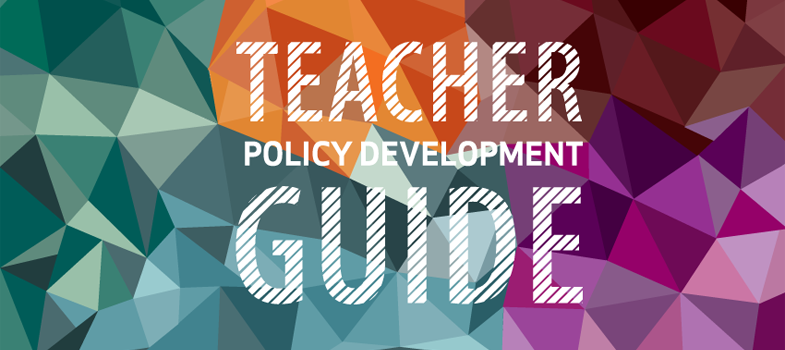5.5.1 Responsibilities: leadership and management
Designating the individuals responsible for leadership and overall implementation of the policy, as well as for specific programmes or activities, and defining how they will be held accountable, are key issues to be addressed in teacher policy, as in overall education sector policy. For instance:
- Leadership should be as close to the top of the political decision-making chain as possible: a minister or principal executive (e.g. director-general or superintendent or permanent secretary) to ensure that a policy succeeds
- Roles and responsibilities may be close to or replicate the usual roles and responsibilities of government or education authority units, or be devolved to a dedicated team, provided decisions on responsibilities do not lead to ambiguity or confusion. A clearly designed organizational chart helps show structure and lines of authority/decisions. New structures may include a joint steering committee or task force responsible for overall policy implementation, while a monitoring team or existing units coordinate daily implementation. The United Republic of Tanzania provides an example of the contrasts between clearly established management responsibilities. The Teacher Education Master Plan, published in 2001, contains extensive objectives and costing of the plan, but is silent about organizational arrangements for its implementation. In contrast, the Primary Education Development Plan, put forward by the Government in the same year, details implementation responsibilities, including an organizational chart ranging from the central government level, through to the region, district and village, and down to the school level (BEDC, URT, 2001; MOE, URT, 2001).
5.5 Organizational arrangements for implementation
